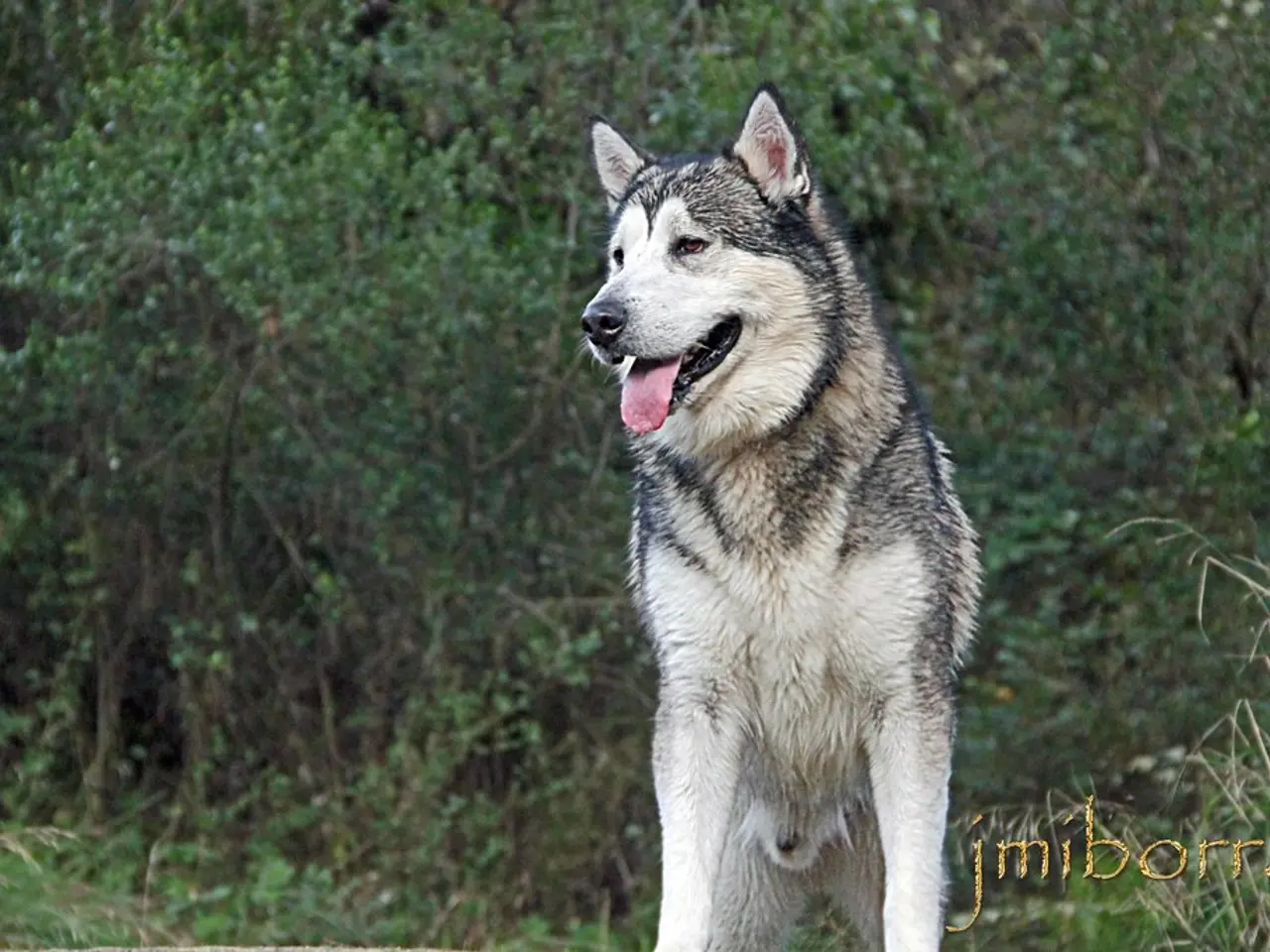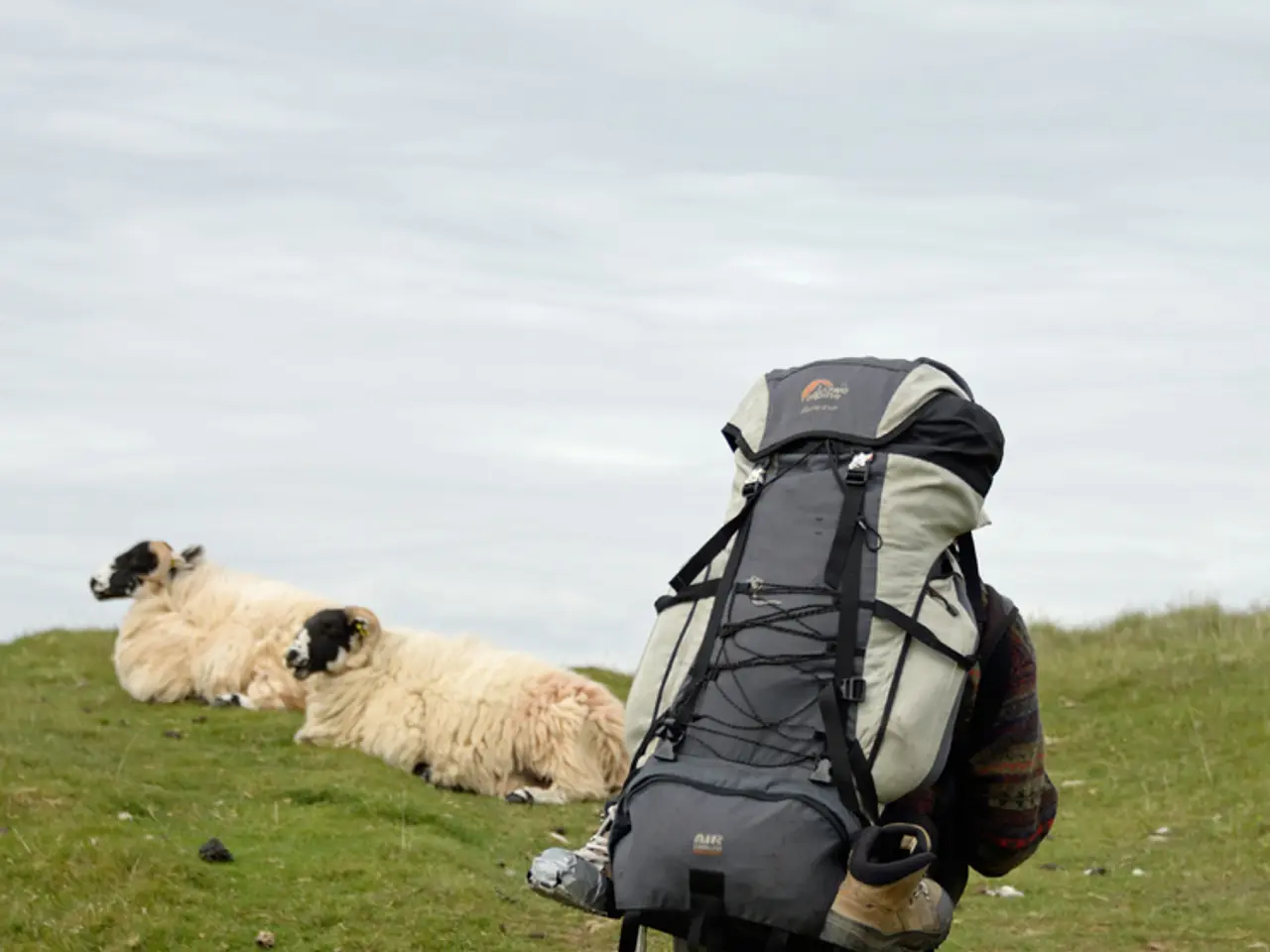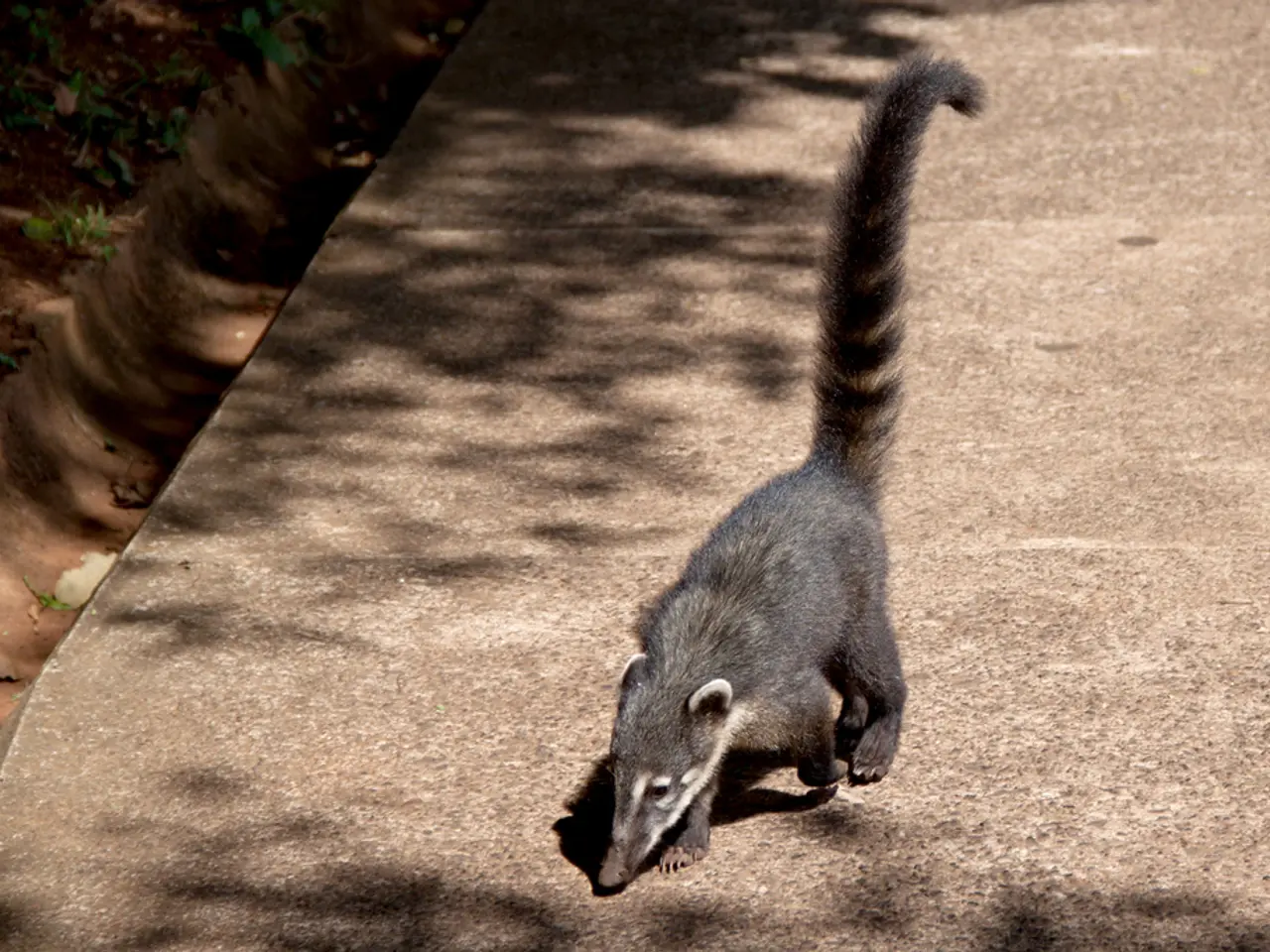Exploring the Works and Lives of Notable Scientists
In the spirit of exploration and discovery, we present a series of simple, engaging experiments designed to help children understand fundamental scientific principles. These activities are inspired by the groundbreaking work of renowned scientists, using common household materials and providing an exciting, hands-on learning experience.
Florence Nightingale, the Pioneering Nurse
Starting our journey, we honour Florence Nightingale, the first woman to receive the Order of Merit, the Royal Red Cross, and become a member of the Royal Statistical Society. To pay homage to her, we can engage in activities that emphasise the importance of careful observation and data analysis, key skills she employed in her work.
Marie M. Daly, the Trailblazing Chemist
Next, we celebrate Marie M. Daly, the first African American woman to earn a Ph.D. in chemistry from Columbia University. To commemorate her achievements, we can delve into experiments that explore the intricacies of chemistry, such as acid-base reactions, a starting point to understanding the transformations Marie investigated in her research.
Wilhelm Roentgen, the Discoverer of X-rays
Journeying through the annals of science, we encounter Wilhelm Roentgen, the scientist who discovered X-rays. To understand this revolutionary discovery, we can engage in experiments that demonstrate the properties of X-rays, such as the ability to pass through some materials but not others.
Ada Lovelace, the First Computer Programmer
As we delve into the world of technology, we meet Ada Lovelace, who is considered the first computer programmer. To celebrate her contributions, we can explore activities that introduce the basics of coding and computer programming, helping children understand the power and potential of these modern tools.
Isaac Newton, the Laws of Motion and the Composition of Light
Next, we encounter Isaac Newton, who showed that white light is composed of a range of colours and created the Laws of Motion. To understand these principles, we can engage in experiments that demonstrate the composition of light and the effects of gravity and motion.
Charles Darwin, Plant Growth and Observation
Moving on, we meet Charles Darwin, who made significant contributions to the understanding of evolution. To understand Darwin's work, we can recreate basic versions of his plant experiments by growing seeds at home while observing variables like light and water.
Louis Pasteur, Microorganisms and Fermentation
Continuing our journey, we encounter Louis Pasteur, a French chemist who discovered that bacteria cause harmful diseases and developed the process of pasteurisation. Although simple experiments like observing yeast fermentation creating bubbles in sugar water are not provided in the sources, they can help children understand Pasteur's work on microbes.
Michael Faraday, Electricity and Magnetism
As we delve into the world of electricity, we meet Michael Faraday, who made significant contributions to the understanding of electromagnetism. To understand Faraday's work, we can conduct experiments that demonstrate static electricity and the forces between charges.
Galileo Galilei, Gravity and Pendulum Motion
Next, we encounter Galileo Galilei, who made significant contributions to mathematics, astronomy, and engineering. To understand Galileo's work, we can create a simple pendulum with a string and weight and time it to see how pendulum length affects swing time, connecting to Galileo's studies on gravity and motion.
Robert Boyle, Gas and Pressure
Moving on, we meet Robert Boyle, who made significant contributions to the understanding of gases. To understand Boyle's work, we can conduct experiments that demonstrate gas pressure and volume, such as the dancing raisins in soda experiment.
Archimedes, Mathematics, Astronomy, and Engineering
Finally, we encounter Archimedes, who made significant contributions to mathematics, astronomy, and engineering. To understand Archimedes' work, we can engage in activities that demonstrate principles of geometry, physics, and engineering, such as the value of pi or the properties of simple machines.
These experiments provide an engaging, hands-on learning experience that blends history, science, and fun. By exploring the work of these famous scientists, children can gain a deeper understanding of the fundamental principles that shape our world.
Kids can explore the scientific discoveries of Florence Nightingale by observing changes in data over time, similar to Nightingale's work in health-and-wellness.
To learn about Marie M. Daly's groundbreaking chemistry work, children can engage in acid-base reactions experiments, fostering a sense of chemistry discovery.
For an exciting understanding of Wilhelm Roentgen's X-rays discovery, kids can conduct demonstrations showing how X-rays pass through some materials but not others.
To celebrate Ada Lovelace's contributions to technology, children can learn the basics of coding through engaging activities tailored to their age group.
Isaac Newton's work on the composition of light and the laws of motion can be grasped by experiments that demonstrate the various colours in white light and the effects of gravity and motion.
As children study Charles Darwin's contributions to evolution, they can conduct mini plant growth experiments, observing and documenting changes influenced by factors like light and water.
To commemorate Louis Pasteur's work on microorganisms and fermentation, kids can attempt observations of the fermentation process in simple solutions, such as sugar water.
Michael Faraday's work on electromagnetism can be understood through hands-on experiments demonstrating static electricity and forces between charges.
Galileo Galilei's understanding of gravity and motion can be grasped by creating a simple pendulum experiment and measuring how pendulum length affects swing time.
By engaging in these science experiments based on the work of renowned scientists, children can nurture a sense of wonder, learning, and discovery in a fun, educational environment.




